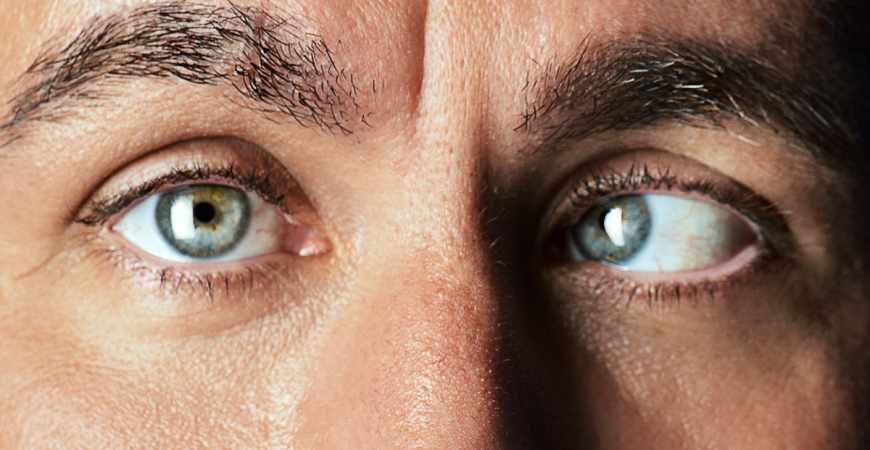Strabismus

Strabismus is the misalignment of the eyes. There are 6 extraocular muscles in each eye. Strabismus develops if one or more of these are too weak or strong. While one eye gazes straight, the other can look inward, outward, upward or downward. Sometimes deviation is seen in both eyes. Deviation of the eyes can be permanent or temporary, depending on the cause of strabismus. There is no single cause of strabismus. Strabismus may occur for different reasons.
Early diagnosis is very important in the treatment of strabismus. If the first eye examination is delayed, esthetic issues in addition to permanent poor vision problems can develop in the children’s eyes. Children should be examined by a pediatricophthalmologist immediately after birth and regularly during childhood even if they have no eye-related complaints.
Causes of Strabismus
There is no single cause of strabismus. A complicated pregnancy, complicated delivery, the child’s development and diseases may lead to strabismus. Genetic predisposition also plays a role in strabismus. If a family member has deviation in the eyes, children are more likely to have strabismus.
The cause of strabismus developing after 2 years of age is usually eye disorders. In a child with disposition to strabismus, deviation of the eye may start after an inflammatory disease or trauma (falls, surgeries, accidents).
The center managing the movement of eye muscles is located in the brain, so nerve palsy can also cause deviations in the eyes. Palsy of the nerves entering the eyes can develop under certain conditions including accidents, head trauma, inflammatory diseases and hypertension and diabetes at an advanced age. In such cases of strabismus, treatment may vary depending on whether the palsy is permanent or not. Deviations occurring due to muscle palsy may result in lazy eye in children and in double vision in older patients and therefore must be treated.
Symptoms of Strabismus
- Misalignment of the eyes
- Watering of the eyes
- Pain
- Headache
- Double vision
- Loss of three dimensional vision
- Blurred vision
- The head or face turned to one side
Some of the deviations seen during infancy and childhood are cases of pseudostrabismus. Pseudostrabismus is a misleading appearance caused by wide nasal bridge and eyelids. It is essential to have an eye examination to clarify this condition fully.
Constant deviation in the same eye indicates that this eye has poorer vision and is therefore significant. Hence, infants and children with deviation in a single eye should be taken for an eye exam immediately.

